Book Review - Elspeth Huxley's The Flame Trees of Thika
 The Flame Trees of Thika by Elspeth Huxley
The Flame Trees of Thika by Elspeth Huxley
Published by: George Weidenfeld & Nicholson
Publication Date: 1959
Format: Hardcover, 287
Rating: ★★★★
To Buy (different edition then one reviewed)
"This book was one of the great, unexpected benefits of researching The Ashford Affair. I’d recommend it to anyone, whether you’re doing background reading for a book set in Kenya or not. It is an utterly charming, fictionalized account of Elspeth Huxley’s childhood in Kenya as her aristocratic parents essayed several largely unsuccessful experiments in farming. As such, it’s a little bit Little House on the Prairie and a little bit Anne of Green Gables with a hearty dollop of retrospective worldly wisdom." - Lauren Willig
In the late twenties, Kenya became known for it's "Happy Valley." A place of paradise and pleasure, where you could start your life over a make a fortune in coffee or dairy. But to those who settled there before the first world war, it was an entirely different world. In 1913 Elspeth Huxley's family moved to Thika to start a coffee plantation. They had heard there where fortunes to be made... only coffee takes at least five years to bring in any crop, and that's if everything goes right. With insects that would make anyone's skin crawl, to fighting amongst their workers who belonged to waring tribes, to curses and black magic, life is far harder than any of them would have expected. Yet the friendships they make with their workers, who are loyal in their own way, and with their fellow settlers, leads to an interesting and diverse community that Elspeth grows up in.
The beauty of Africa, while harsh, still is inspiring. Elspeth sadly reminiscences that the days when the plains would be covered with a plethora of game and where there were some areas in which you were probably the first human ever to set foot was soon to end. The settlers would change the landscape forever, but luckily, there was an inquisitive little five year old who saw Thika for the magical world it was and forever preserved it in these pages.
A few years back I was driving back with a friend through southern Missouri from another friends wedding in Arkansas when I spied a billboard for the Laura Ingalls Wilder museum in Mansfield. As you can imagine, he was a bit dismayed by the fact that he now had to go on a tour of Laura's Rocky Ridge Farm. Before the house tour, which hand some interesting carpentry thanks to Laura's husband Almonso, there was a nice museum to wander through. In one of the cases with pride of place was Laura's own guns, which she used often to kill small game. That's when it struck me, the reality of Laura's life versus her books. Thankfully I was not the other two tourists who where having issues coming to gripes with the fact that the tv show was pure fiction, while Laura's books where, not fiction, but her interpretation of her life.
The Little House Books had presented a a sort of glorious golden childhood of living in sod houses and tapping maple syrup. Right about now you might be wondering why I'm going on about Laura Ingalls Wilder in a book review for Elspeth Huxley, but the truth is that Huxley's book, The Flame Trees of Thika, is Little House without the softened edges. They are both fictionalized but at the heart is the truth of their upbringing. Unlike Little House, you are not spared details about ticks and ants and dead animals and goat sacrifices. You will get terrified of what could happen to your pets in Africa. You will not be thinking, oh, how lovely to life in a sod house, no, you will be thinking, dear lord, I am so glad someone didn't have to heat up a needle and use it to extract an egg sack from under my toe nails. Because that is what Kenya was for Elspeth.
Now, I'm not saying that Kenya isn't Elspeth's her version of heaven and paradise combined, it's just that she doesn't stint on the whole picture, the good and the bad. This is what makes it such a great read. You are not just contained only in her little world of house and hearth, but all the characters in her life. Because of the farm needing so many workers, you get a glimpse of tribal life and the strong differences between the Kikuyu and the Masai. How the natives should never be underestimated in their cunning, a story about the Masai stealing cattle but shipping it via railway under the "true" owners name is one example. I say "true" owner, because Elspeth digs deep into the mindset of the Africans, and how their definition of property is far more fluid than Europeans.
Elspeth, growing up around these people, has a way of not condemning them for being different, but being able to see both sides. She understands why her parents and other settlers would be annoyed, but she sees that, through the natives eyes, that they aren't to blame, it's how they live. This is so refreshing. She is more an anthropologist, seeing everyone for what they are, versus the typical British Imperialist's view of do as I say, live as I do, that is the only way. In fact, by the time I got to the end of the book all the characters had become my friends so deeply that I didn't want to leave them, even if World War I was starting. Thankfully I see there is a sequel!
Now I must sidetrack everything to do a little review of this edition. This edition was released with a new introduction in the late 80s after the success of the BBC miniseries. Sadly it is long out of print, which baffles me. The book is far more beautiful then the little paperback one you can currently get. There are luscious illustrations by the Kenyan artist Frances Pelizzoli. Not only do they bring Kenya alive, but they so sync with the story. Their placement in the text is perfect and they are so accurate to the story. Nothing annoys me more then when a book is illustrated and the illustrations don't go with the text. The point of illustrations is to illuminate and expand your connection with the text. The most recent grievous perpetrator of this was in Neil Gaiman's The Graveyard Book, where Dave McKean, a frequent collaborator with Neil, has Bod dressed in clothes before Silas gives him clothes. Um, yeah, not meshing together and pulling me out of the book. Whereas Pelizzoli just dragged me further in the world of Elspeth.
Though I have a feeling this edition was more for admiring then reading. The paper stock is glossy, so it's hard to read in some lighting situations because the pages reflect the light. Also, the font is so small and the lines so long per page, it's easy to lose you place and makes it far longer to read. I'm a fast reader and I struggled with the book just for this reason. So, your paperback copy you have sitting on your shelf will serve you better for the daily readings, but if you ever see a copy of this at your local used bookstore, pick it up for your coffee table, it's beautiful and, well, it's about coffee too, so thematic with your table. A win win situation.




















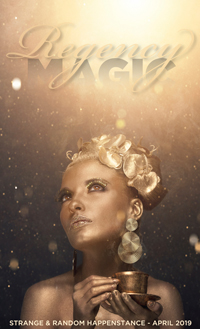
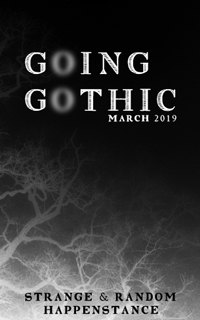
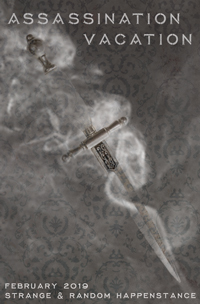
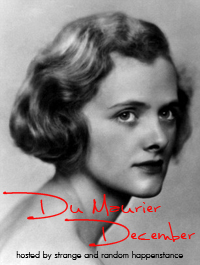
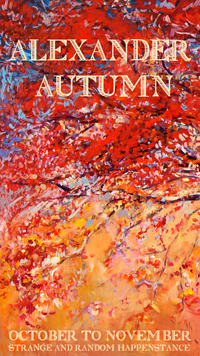
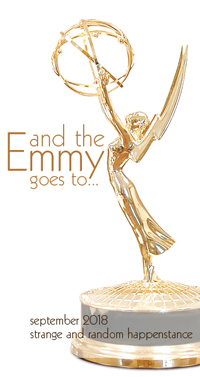

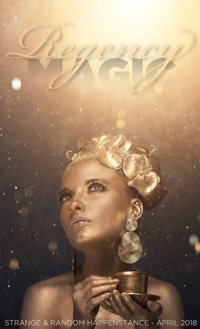


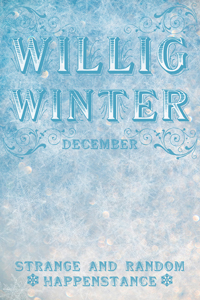

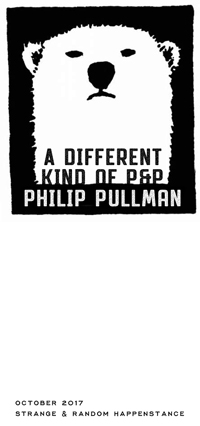


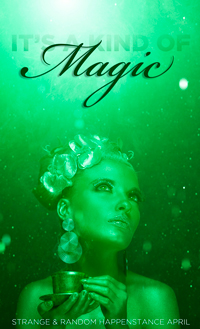
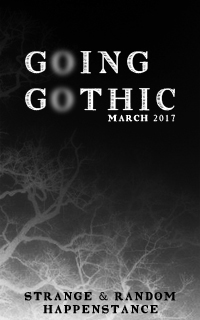

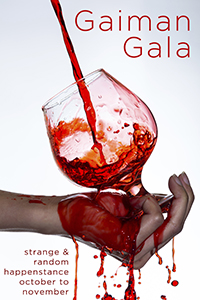
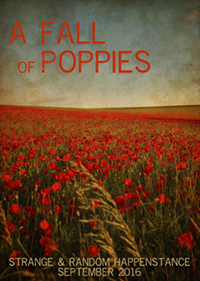



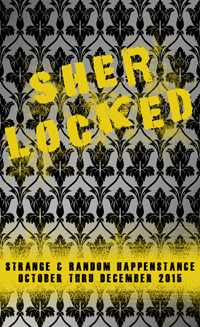
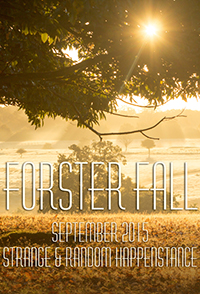
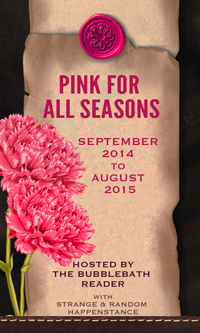
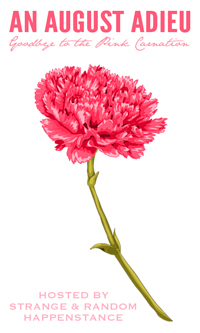

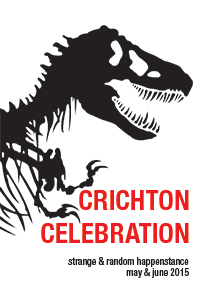


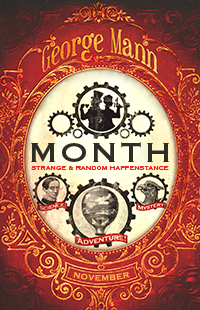

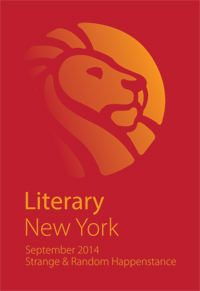
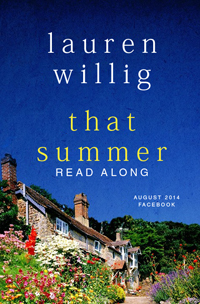


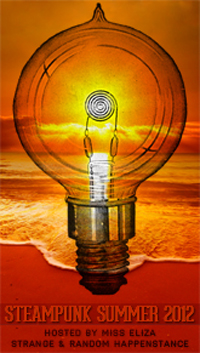
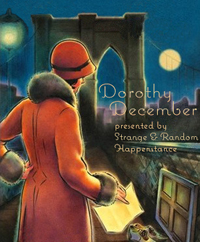





















"It’s a little bit Little House on the Prairie and a little bit Anne of Green Gables". I'm sold!
The story sounds really interesting. And Elspeth seems like a terribly fascinating character!
I would love to get the illustrated edition if I can find a copy anywhere online.
Great review! :D
Giada M. said... April 17, 2013 at 11:08 AM
Oh yes, the illustrations are amazing. Elspeth says in her introduction that she really wanted to work with a Kenyan artist, which she did, because she felt no one else would understand the land and the animals like someone who had lived there.
Miss Eliza said... April 17, 2013 at 4:07 PM
I just finished reading this one and was so glad to come upon your review! I will have to keep my eyes out for that illustrated copy for my collection, it sounds wonderful.
Jeane said... February 22, 2023 at 9:47 AM
I hope you can find a copy Jeane!
Miss Eliza said... February 22, 2023 at 5:19 PM
Post a Comment